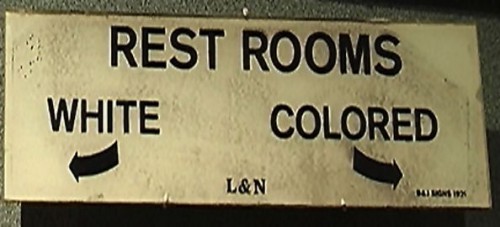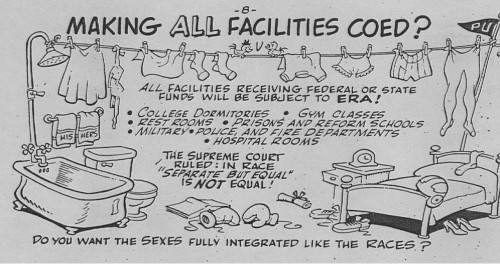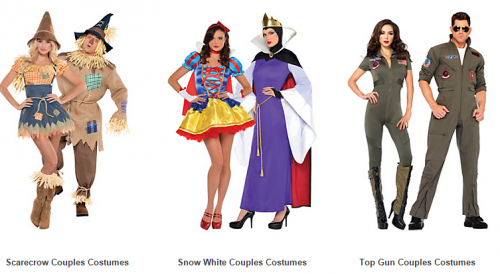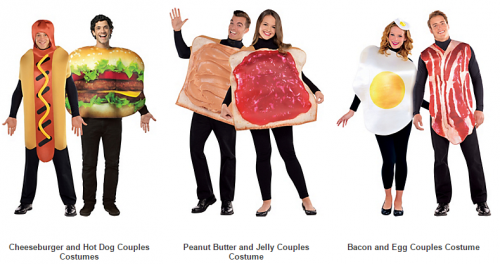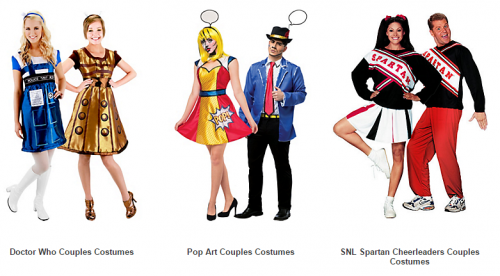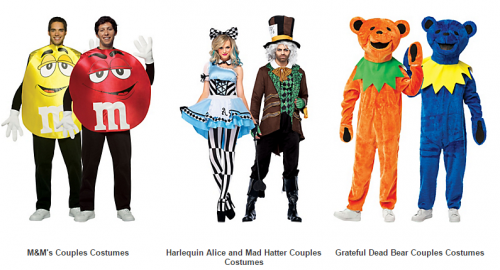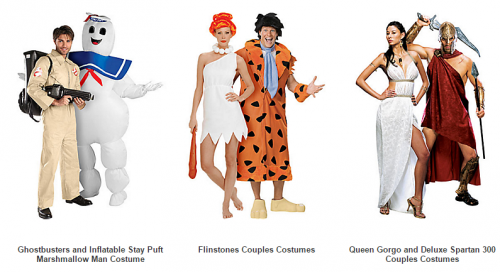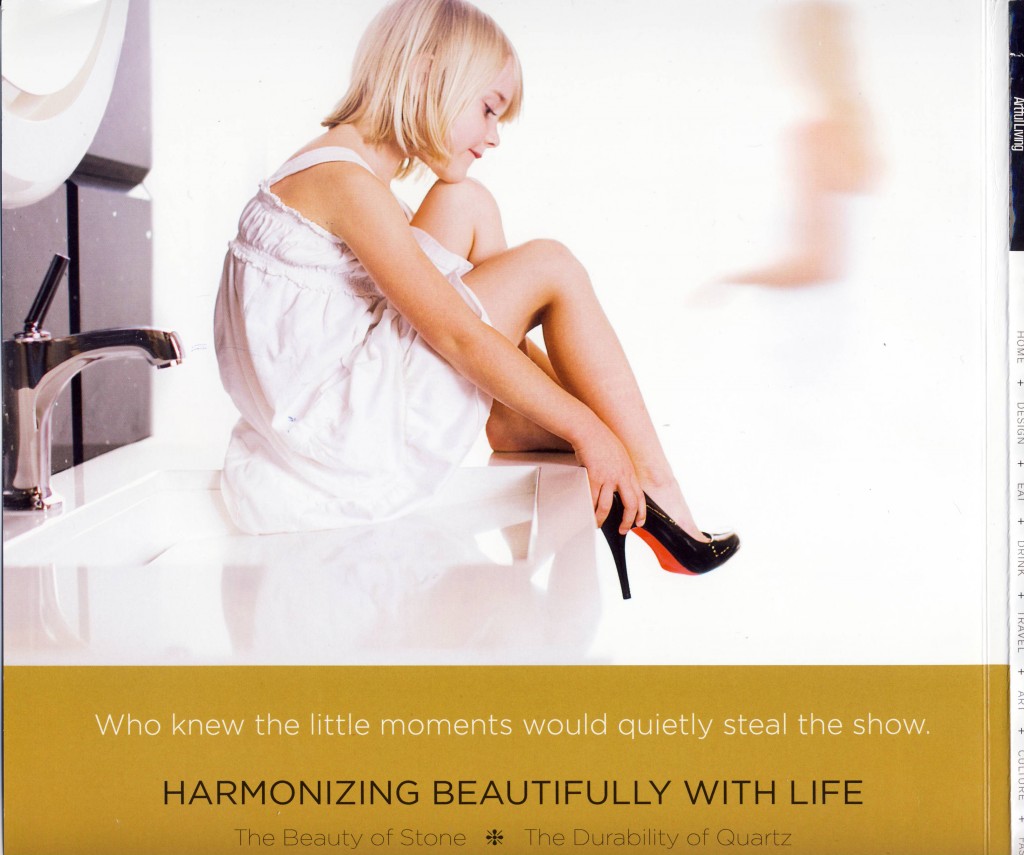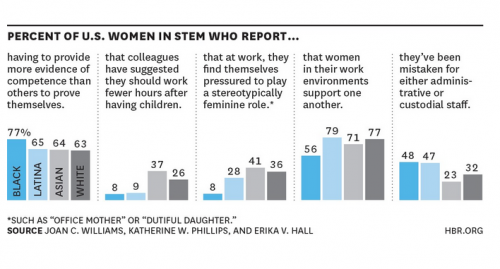With interest, I have been watching the resistance to the right of trans people to choose public restrooms based on their identity instead of their biology at birth. Though there is no evidence that allowing trans people to use the bathroom of their choice will put anyone in danger, one of the arguments against doing so is that women or children will be victimized. Completely tone deaf to the actual experiences of trans people, the idea is nonetheless framed as allowing men to use women’s restrooms:
I can’t help but want to draw connections to history and a recent post at Notches, a history of sexuality blog, helped me do so.
Recall that it wasn’t so long ago that black and white people weren’t allowed to use the same restrooms in public. When this practice came under attack, segregationists in the South, like anti-trans choice advocates today, claimed that it would be dangerous for white women, claiming that they would be infected with black women’s venereal diseases.
White women participated in this resistance, protesting against the integration of their bathrooms. A girl at Central High in Little Rock, AR, for example, claimed that bathroom integration functionally stole bathroom facilities from white girls. “Many of the girls won’t use the rest rooms at Central,” she said, “simply because the ‘Nigger’ girls use them.”
Several decades later, conservatives fighting the Equal Rights Amendment (ERA) for women drew again on racism and the politics of the bathroom. They stoked fear in the American public by suggesting that passage of the ERA would lead to the sex integration of bathrooms. Still smarting from the loss of racial segregation, they even compared race and sex segregation, hoping that the public would be opposed to both.
In this anti-ERA flyer, the final threat is: “Do you want the sexes fully integrated like the races?”
Combining the two was a powerful tool, exploiting the longstanding racist belief that white women were uniquely vulnerable to predatory, sexually voracious black men. Both race and sex integration of bathrooms would mean that white women would be going to the bathroom not just with black women, but with black men. “I ain’t going to have my wife be in the bathroom with some big, black, buck!” said one North Carolina legislator.
This same argument, now with trans women as the target, is being made today.
Lisa Wade, PhD is an Associate Professor at Tulane University. She is the author of American Hookup, a book about college sexual culture; a textbook about gender; and a forthcoming introductory text: Terrible Magnificent Sociology. You can follow her on Twitter and Instagram.


